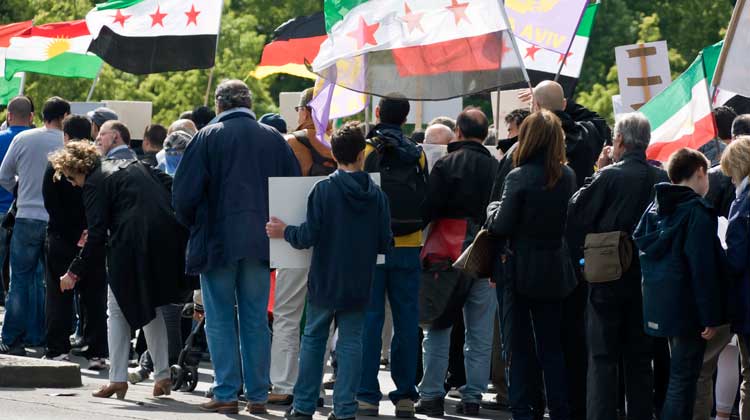
Last weekend, the U.S., France and the U.K. carried out a series of military strikes in Syria designed to destroy or at least diminish Syria’s ability to use chemical weapons. This military action was taken in response to the chemical attack on the civilian residents of Douma that occurred a week ago.
Syria’s ruling regime has sought to regain control over Douma for years, but the rebel-held city has held out despite severe bombardment. After the chemical attack, Jaish al-Islam, an anti-Assad militant group that has operated around Douma for years, agreed to a deal with the Assad government.
The militants specifically cited the chemical attack as their impetus for the agreement. They surrendered their weapons in exchange for a withdrawal to northern Syria.
Invariably, there have been questions about the chemical attack. Russia and Iran claim that the attack never took place or was actually a false flag operation by the West and the rebel groups.
Syrian loyalist forces have taken control of Douma and the surrounding area. As a result, the team heading to investigate the attack from the Organization for the Prohibition of Chemical Weapons (OPCW) must deal with degraded evidence – if any evidence remains at all.
Russia Claims Chemical Attack Was Faked, but Evidence Proves Otherwise
Russia claims that it had intelligence that a false flag operation was in the offing nearly a month before the attack. But getting militant groups and thousands of civilians to participate in such an operation without spilling the details is fantasy. Hundreds of people were indeed sickened by some chemical, and that worked in the favor of the Assad regime.
Continue reading here.
Share